As the accessibility and affordability of new technology increase every day, businesses gravitate towards new and sometimes unexpected methods to engage with their potential customers. One such technology that is gaining significant attention is Augmented Reality (AR). Customers are increasingly drawn to AR applications, and businesses are recognizing its potential to enhance brand experiences.
A study recently published in the Journal of Marketing, in partnership with an international cosmetics and beauty retailer, found that customers who used AR spent 50% more time at the sampling fixture and sampled 7.5 times more products on average compared to those who used physical product testers.
Additionally, customers who used AR were 19.8% more likely to make a purchase, demonstrating the potential of AR to increase revenue and enhance the shopping experience. Augmented reality offers many applications that can transform customer experiences and interactions and elevate brand experiences.
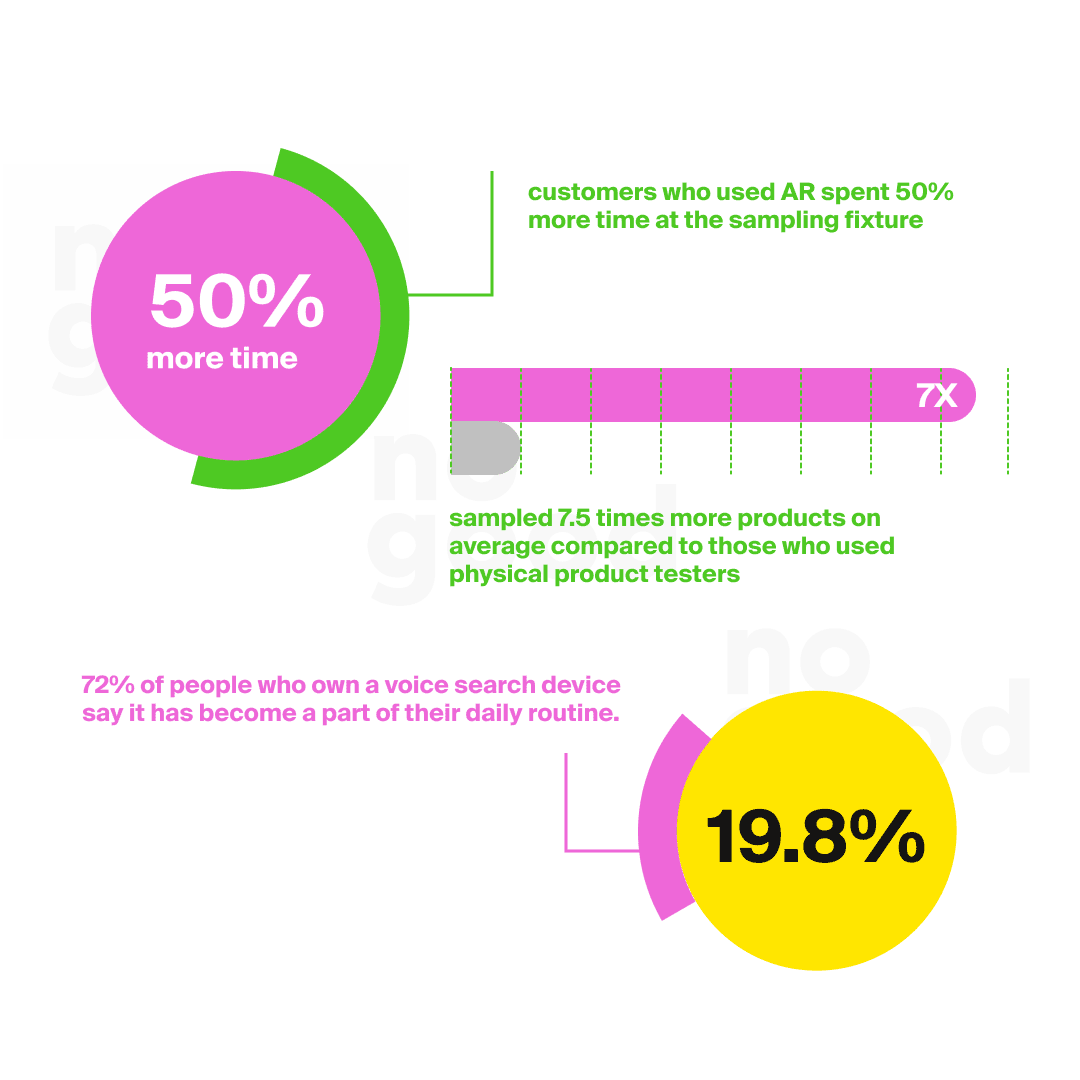
AR Marketing: Bridging the Real and Digital Worlds
Augmented Reality (AR) is a technology that overlays digital content, such as virtual objects, graphics, or information, onto the real-world environment. Unlike virtual reality (VR), which creates a completely immersive virtual world, AR enhances the existing reality by adding virtual elements to it.
AR technology typically involves the use of cameras, sensors, and displays, such as smartphones, tablets, smart glasses, or headsets, to blend the digital and physical worlds seamlessly.
AR in Marketing Strategies
AR presents immense opportunities for businesses to transform their marketing strategies and engage customers in innovative ways. Here are four strategies for implementing AR into your marketing strategy:
- Virtual Try-On Experiences: Fashion and beauty brands can leverage AR to offer virtual fitting rooms and makeup trials. Customers can visualize themselves wearing different outfits, experimenting with various styles and colors, all from the comfort of their homes, enabling interactive experiences. This interactive and personalized approach enhances engagement, increases brand loyalty, and boosts conversion rates.
- Virtual Tours and Showrooms: Real estate companies can provide virtual content property tours, allowing potential buyers to explore homes, apartments, or commercial spaces remotely. AR overlays can enhance physical showrooms, enabling customers to visualize interior design options, furniture placement, and room configurations. These immersive experiences provide a sense of ownership and facilitate faster decision-making.
- Gamified Brand Experiences: By incorporating AR elements into gamified marketing campaigns, brands can create memorable experiences that foster engagement and brand recall. Gamification enhances customer satisfaction and participation, encourages social sharing, and enables brands to collect valuable data for personalized targeting and product category recommendations.
- Enhanced Product Demonstrations: AR can revolutionize product demonstrations by offering interactive and dynamic showcases. For example, automotive brands can allow customers to virtually test drive cars, experience different features, and customize their vehicles. This hands-on approach deepens the emotional connection between consumers and products, leading to increased brand affinity.
AR Examples in Marketing
Numerous brands have already embraced AR in their marketing campaigns. For instance, Walmart collaborated with Marvel to bring exclusive superhero-themed AR experiences to selected outlets. The AR experience included a game mode that allowed customers to unlock exclusive AR content and explore different locations within the store.

Kitchen remodeling projects can be both exciting and daunting. It’s challenging to commit to a kitchen design when it’s only sketched on paper, leaving homeowners uncertain about how the final product will look and feel. However, with advancements in technology, innovative solutions like augmented reality (AR) 3D kitchen renderings and kitchen visualizers used by one of our clients Auros Home Remodeling are transforming the home remodeling experience.
These tools empower homeowners to explore every aspect of their design and make informed decisions, leading them closer to closing the deal confidently. Traditional blueprints and sketches often fall short of conveying the full picture of a kitchen remodeling project. However, with the introduction of 3D kitchen renderings, homeowners can now visualize their dream kitchen with astonishing clarity.
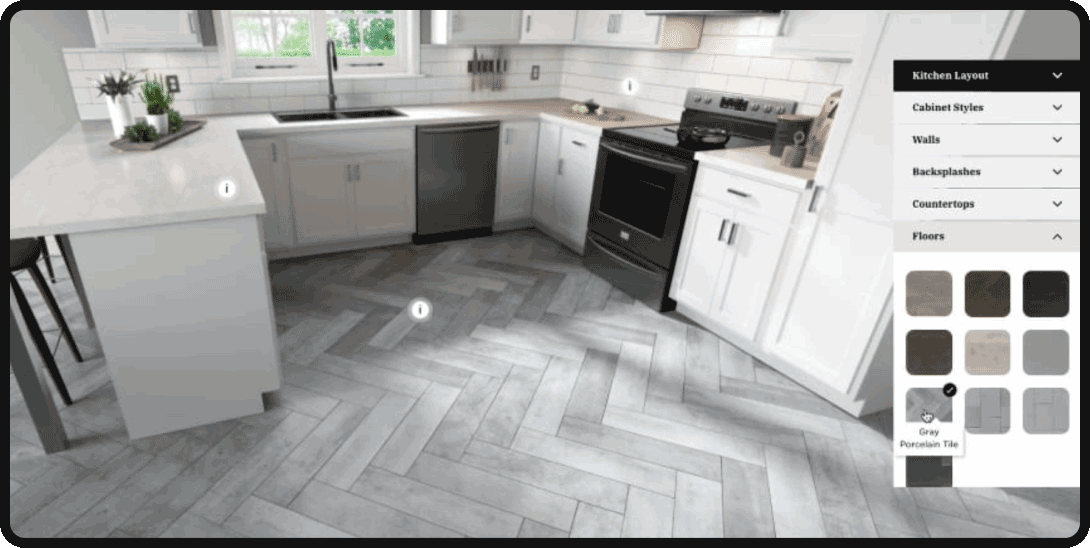
Toyota’s immersive AR experience allowed users to explore the exteriors of 10 different car models and place the AR vehicle in any environment using their camera, providing a sense of owning the vehicle through augmented reality.
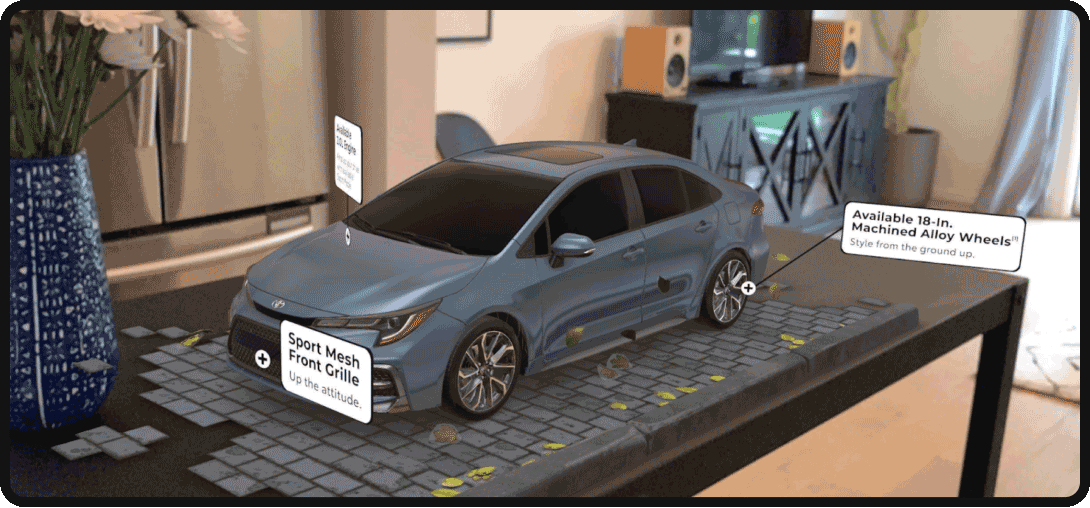
Ikea’s “Place” app employs AR to provide customers with a preview of how furniture pieces would appear in their homes without the need for measurements. Similarly, Snap AR Lens allows customers to “try on” products like shoes and apparel via digital images.
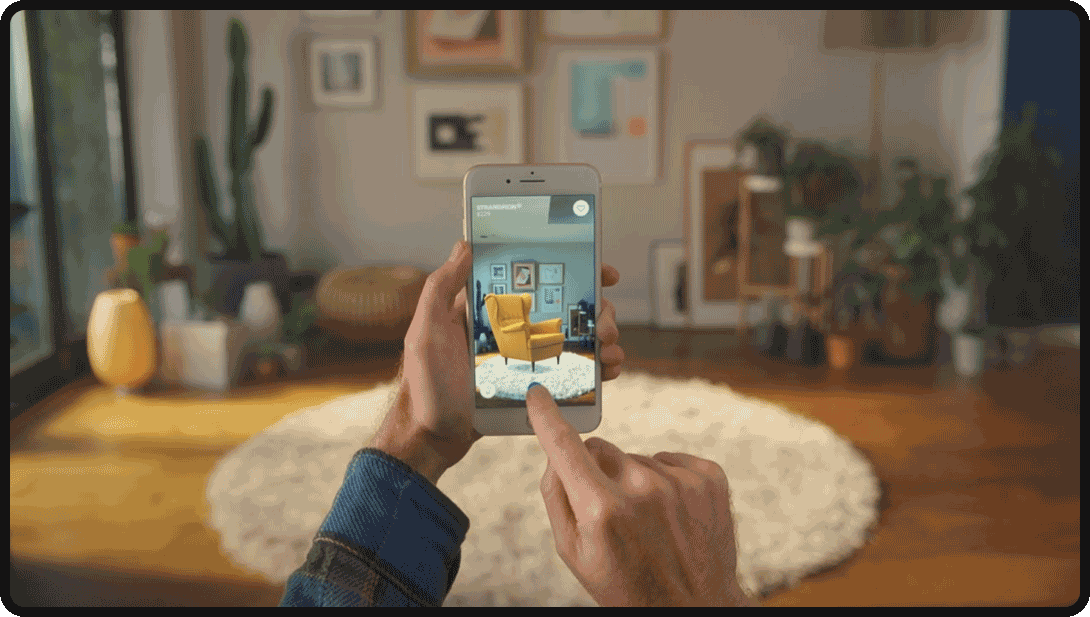
The Future of VR and AR
The rise of innovative platforms like Meta Oculus Quest and Apple Vision Pro is set to revolutionize the landscape of consumer behavior. Meta Oculus Quest, a standalone VR headset, provides users with an immersive experience that transports them to virtual environments.
On the other hand, Apple Vision Pro aims to seamlessly integrate AR elements into the real world through a sleek and lightweight device.
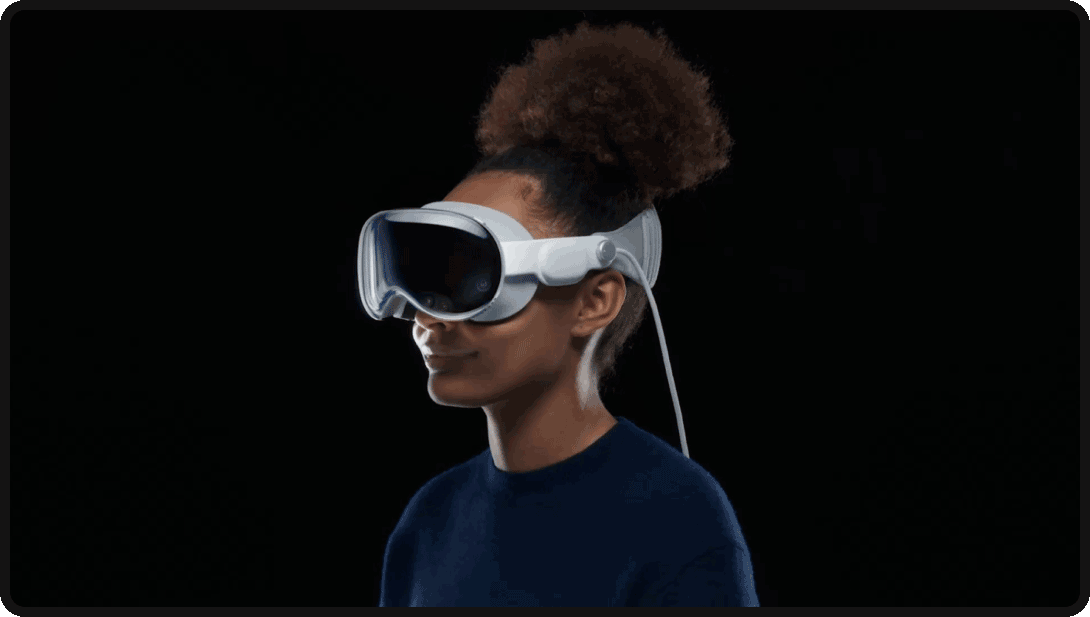
Changing Consumer Behavior
The integration of VR/AR into everyday life will have a profound impact on consumer behavior. Consumers will have the ability to try on virtual clothing, explore virtual showrooms, and visualize products in their own homes before making a purchase.
VR/AR will enhance consumer confidence, reduce purchase anxiety, and enable more informed decision-making, ultimately leading to a shift in buying patterns.
Revolutionizing Marketing Campaigns
VR and AR open up a realm of possibilities for marketers to create highly immersive and interactive campaigns that captivate audiences on a whole new level. Brands can use VR to create novel experiences, showcase their products in new ways, and tell compelling brand stories.
Incorporating VR and AR in marketing allows brands to build better engagement with their target audience, improve brand awareness and recall, and create memorable experiences that drive consumer loyalty and retention.
Marketing Opportunities With VR
Virtual reality marketing can help marketers craft powerful, engaging campaigns that can best communicate their brand stories and offerings. Through VR, businesses can create high-impact product presentations tailored to their target market, allowing consumers to virtually experience products and services in the comfort of their own homes.
This immersive approach can improve brand awareness and recall through deeper engagement on both a mental and emotional level.
VR in Education and Empathy
VR is not only transforming marketing but also making a significant impact in education and empathy-building efforts. Companies are using VR as an educational tool to create simulations and experiences that foster a better understanding of various situations and issues.
For example, GSK’s “The Excedrin Migraine Experience” is a VR simulation that recreates the visual symptoms of a migraine attack. By immersing non-sufferers in the experience, they gain empathy for individuals suffering from migraines, which can lead to greater awareness and support for those affected.
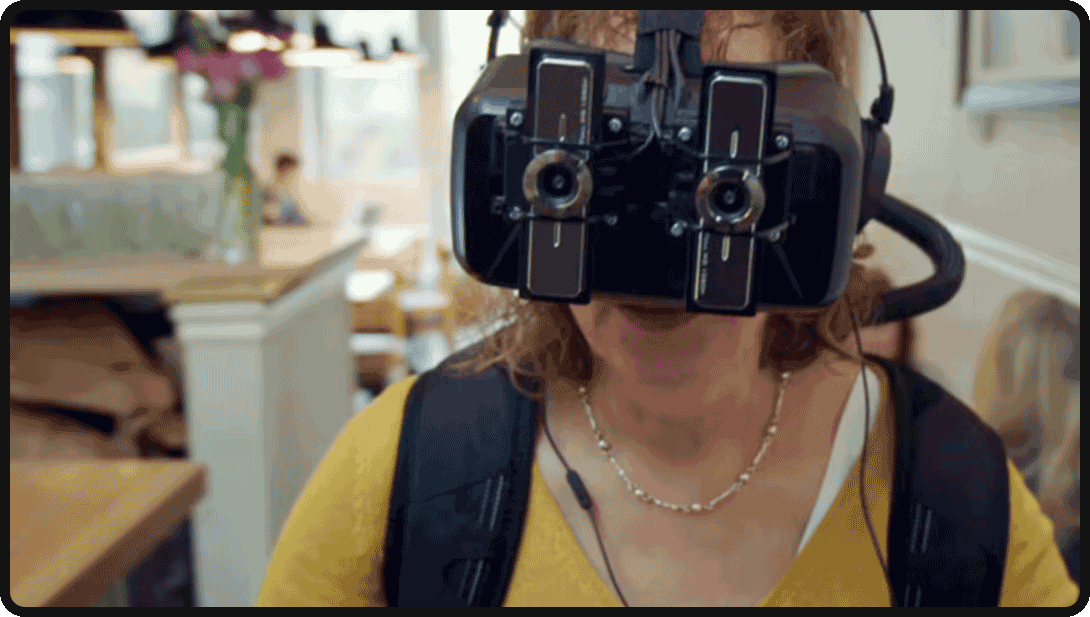
The Guardian’s “6×9” VR experience places users inside a solitary confinement cell, conveying the psychological effects of prolonged solitary confinement experienced by incarcerated individuals. Such experiences help build empathy and drive understanding of complex social issues.

Reinventing User Experience
Virtual reality offers a unique storytelling platform that goes beyond traditional media like TV and films. HBO, through VR, transports Game of Thrones fans to immersive simulations, allowing them to confront White Walkers or experience life as a Night’s Watch ranger stationed at the Wall.
These experiences create a deeper emotional connection with the brand, making VR a potent storytelling medium that resonates with audiences.

VR also empowers brands to showcase their research and development processes, giving consumers a more intimate glimpse of their creation process. By enabling virtual try-ons and test drives, VR allows consumers to interact with products in real-time, further enhancing their understanding and appreciation.
Future Implications for Influencer Marketing
As VR gains traction, it is bound to affect influencer marketing strategies. Virtual influencers are already making an impact, acting as digital avatars on social media platforms and helping brands engage with younger audiences.
Virtual influencers offer novel opportunities for marketers to create content that resonates with the interests of their target demographics. Human influencers are also embracing VR and AR through app filters and creating branded content that involves virtual experiences.
The incorporation of VR and AR in influencer marketing will encourage influencers to explore new content creation approaches, such as live-streaming digital reality interactions and creating 360-degree live content.
Virtual and augmented reality are transformative technologies reshaping the consumer behavior landscape and revolutionizing marketing campaigns. AR bridges the real and digital worlds, offering innovative opportunities for businesses to enhance brand experiences and drive revenue growth.
VR takes immersion to new heights, allowing consumers to engage with products and services in virtual environments, creating unforgettable brand experiences.
The rise of platforms like Meta Oculus Quest and Apple Vision Pro signifies a monumental shift in consumer behavior. The integration of VR and AR into everyday life will foster new ways of experiencing products, services, and brand interactions. These technologies will enable consumers to make informed decisions, reducing purchase anxiety and transforming buying patterns.
For marketers, VR and AR open a realm of possibilities to create highly immersive and interactive campaigns that captivate audiences on a whole new level. Brands can leverage VR to offer virtual try-on experiences, conduct virtual tours and showrooms, and deliver gamified brand interactions. This approach enhances customer engagement, boosts brand loyalty, and drives conversion rates.
As VR and AR adoption becomes more widespread, businesses must focus on content innovation and data analytics to harness these technologies effectively. By embracing VR and AR, brands can stay at the forefront of technological advancements, creating unforgettable brand experiences that shape the future of marketing.
The time is ripe for marketers to embrace this exciting frontier and leverage VR and AR to build deeper connections with their audiences.








The immersive and realistic features of virtual reality are the main reasons why it works so well for the marketing industry. And, when combined with the skill of great marketers, the tech works wonderfully.